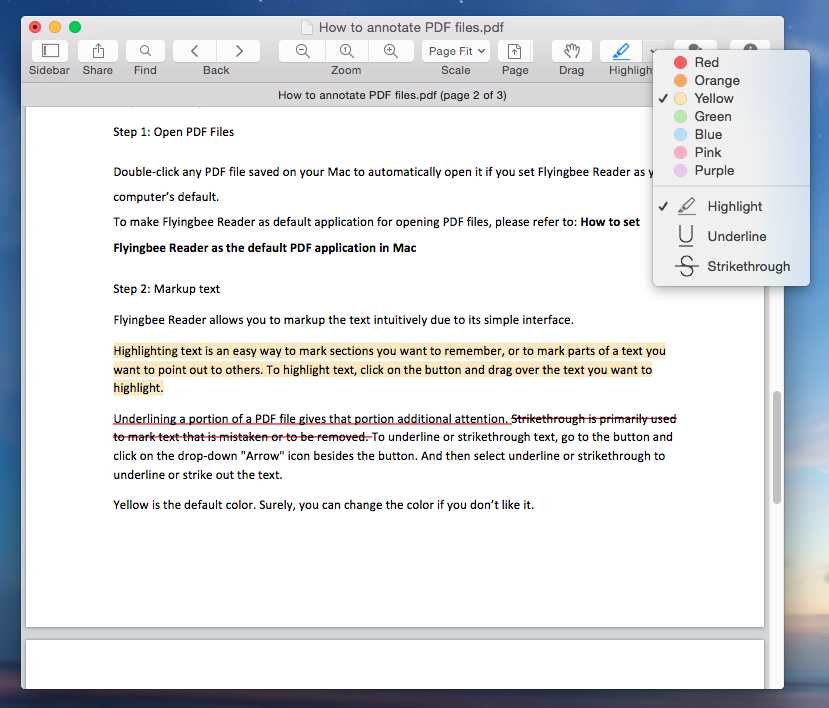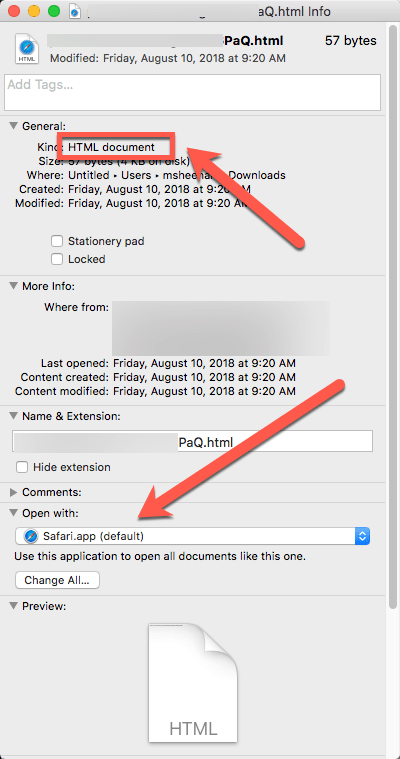Of note, you can also use this preference window to set other useful default options, such as enabling or disabling text wrap, the default font for both plain and rich text documents, and the. By default, the Mac OS X identifies files without file extension as Unix Executable File. But often these can also be found as simple text files with instructions, version history, frequently asked questions, settings etc. And called like README, READ-ME, INFO, SETTINGS, OPTIONS etc. Changing a Specific File to Open in a Different Application. If you just want to change that one file, you can bring up the context menu by right-clicking, Control-clicking, or two-finger clicking the file. Choose Open With –> Other. Select the application you want to change it to, and then click the “Always Open With” box.
How To Set Default App In Mac
Background

Recently I start to work a lot with JS and I often have to edit files with extensions like .js and .jsx. I am using Sublime Text 3 (Build 3176) to do the editing work.

Problem
As I am working with these files more and more frequently, I want to change the default application for opening the two types of file above (and indeed any other related files like .html) to Sublime Text 3. However, I have found that the traditional methods of doing so (i.e. choosing the application preference by Right click -> Open with -> Choose another app -> Choose Sublime Text -> Click 'Always use this app to open .js files, as well as going to the Properties and then doing the same, also tried using the Default App setting in Control Panel (default app by file type)) didn't work. The default app was still set to something called 'Microsoft (R) Console Based Script Host'.
Other methods attempted
After reviewing several websites I also tried to modify the Registry. Specifically, I navigated to 'HKEY_CURRENT_USERSoftwareMicrosoftWindowsCurrentVersionExplorerFileExts.jsOpenWithList'. There I saw several entries as following:
Name 'a' -> sublime_text.exe
Name 'b' -> CScript.exe
Name 'MRUList' -> 'ba'
How To Set Default App
I attempted to delete an entry containing something called CScript.exe, and remained an entry of name 'a' -> data 'sublime_text.exe', and 'MRUList' -> 'a'. However, when I switched to another entry (for example the entry for .html) and go back to that one (.js entry) again, the setting was automatically reverted to the one as above. I also tried to change the value for 'MRUList' to 'ab' and it was still like this.
I am quite frustrated by this because it seems Windows 10 really like to stick to that thing called 'Microsoft (R) Console Based Script Host' (which I believe to be the 'CScript.exe' thing in the registry) and it is very annoying when a CMD window just flashes when I want to open my script for editing. It seems Windows 10 is ignoring my settings and keep reverting what I was trying to change. What should I do (and try) to either force Windows to dismantle the CScript.exe thing, or force Windows to keep my default application preference?
Other observations
How To Set Default App In Linux

I also attempted to set Adobe Dreamweaver CS6 as the default app for editing .js files using the traditional methods as stated above. All didn't work.
Specifications of System
The tests were performed on two computers:
Both Windows 10 Home x64 version 1803, build number 17134.407
Sometimes, if your Mac doesn’t recognize a file type as something that one of its programs can handle, or if you want a specific file type to always open in a specific program, Mac OS X Lion might need a little help from you. Mac OS X Lion lets you specify the application in which you want to open a document in the future when you double-click it. Suppose that you want all .tif graphic files that usually open in Preview to open instead in Pixelmator, a more capable third-party program
More than that, you can specify that you want all documents of that type to open with the specified application. “Where is this magic bullet hidden?” you ask. Right there in the file’s Info window.
Here’s how you do it:
Click one of the files in the Finder.
Choose File→Get Info (Command+I).
In the Info window, click the gray triangle to disclose the Open With pane.
From the pop-up menu, choose an application that Mac OS X believes will open this document type.
(Optional) If you click the Change All button at the bottom of the Open With pane, you make Pixelmator the new default application for all .tif files that would otherwise be opened in Preview.
Notice the handy alert that appears when you click the Change All button and how nicely it explains what will happen if you click Continue.